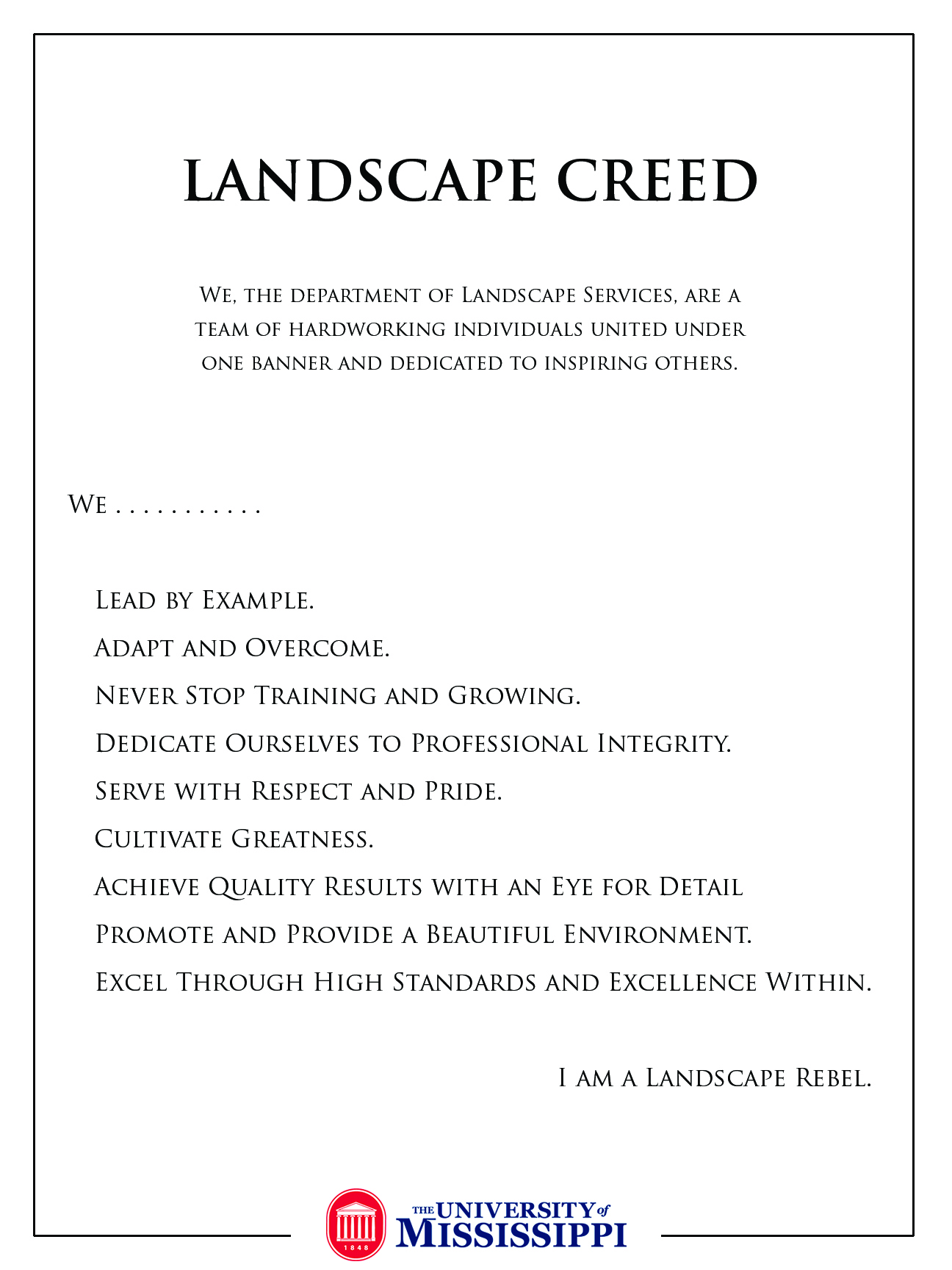River Birch
Scientific Name: Betula nigra The river birch tree often is used for landscaping due to its graceful drooping limbs and attractive color. When he once spotted it on a tour of the United States, Prince Maximilian of Austria called it the most beautiful of trees. River birch is a fast-growing, deciduous semi-aquatic tree that reaches between 50 and 90 feet in height. Its diamond shaped, double-toothed leaves produce an erect or spreading canopy that covers an extensive area. The leaves turn yellow in the fall. When young, its peeling bark is silvery gray, before changing to pink, reddish-brown or black when mature. It produces flowers in the spring and winter, and small brown or green cones in the summer. Without pruning, it grows with several trunks. River birch grows under full sun to full shade in highly acidic to slightly alkaline loam, clay or sand. Though somewhat drought-tolerant, it grows best in moist soil and tolerates wet soil. Unlike other birch trees, this cultivar is resistant to bronze birch borer. It also is resistant to Verticillium. Though the tree is susceptible to chlorosis in high pH soils, as well as to aphids, beetle borers, leaf spots and anthracnose, these conditions and pests cause minimal damage and are not a major concern. |
|

